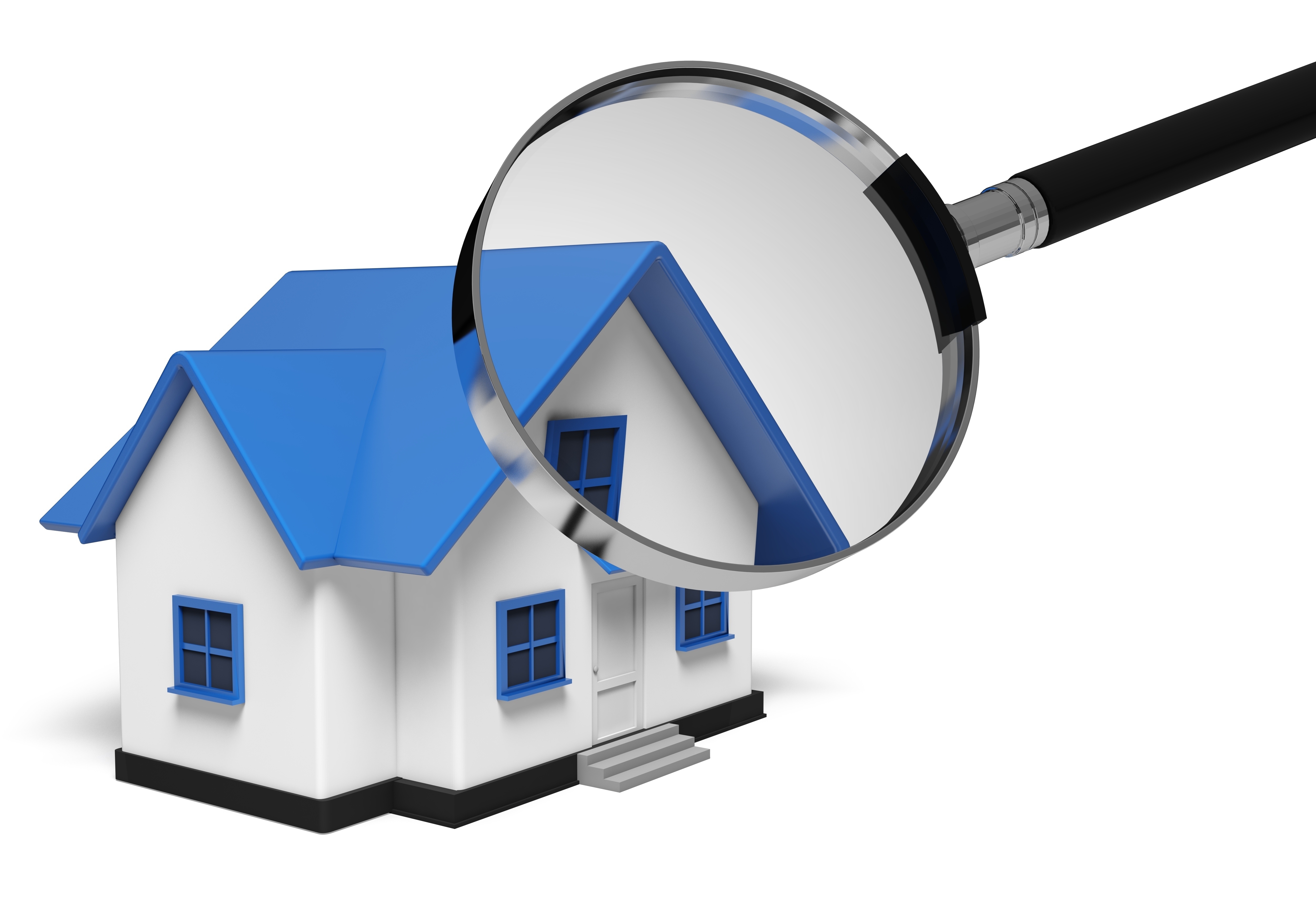
What Are the Components of an Appraisal?Buying a house can be the most important transaction some people might ever encounter. It doesn't matter if a primary residence, a seasonal vacation property or one of many rentals, purchasing real property is a complex transaction that requires multiple people working in concert to pull it all off. Most of the participants are quite familiar. The most known entity in the transaction is the real estate agent. Next, the lender provides the financial capital necessary to finance the deal. And the title company ensures that all details of the sale are completed and that a clear title transfers from the seller to the purchaser. So, what party makes sure the property is worth the purchase price? In comes the appraiser. We provide an unbiased opinion of what a buyer might expect to pay — or a seller receive — for a property, where both buyer and seller are informed parties. A licensed, certified, professional appraiser from Norman Haas, Jr. will ensure, you as an interested party, are informed. Appraisals start with the inspectionOur first duty at Norman Haas, Jr. is to inspect the property to determine its true status. We must physically see features, such as the number of bedrooms and bathrooms, the location, amenities, etc., to ensure they really are there and are in the shape a typical person would expect them to be. To make sure the stated square footage has not been misrepresented and document the layout of the home, the inspection often includes creating a sketch of the floorplan. Most importantly, we identify any obvious features - or defects - that would affect the value of the property. Following the inspection, we use two or three approaches to determining the value of real property: sales comparison and, in the case of a rental property, an income approach. 
Replacement CostHere, the appraiser pulls information on local building costs, labor rates and other factors to calculate how much it would cost to replace the property being appraised. This estimate often sets the maximum on what a property would sell for. The cost approach is also the least used predictor of value. 
Paired Sales AnalysisAppraisers are intimately familiar with the communities in which they appraise. They thoroughly understand the value of specific features to the residents of that area. Then, the appraiser researches recent sales in the area and finds properties which are 'comparable' to the property at hand. By assigning a dollar value to certain items such as fireplaces, room layout, appliance upgrades, additional bathrooms or bedrooms, or quality of construction, we adjust the comparable properties so that they are more accurately in line with the features of subject.
After all differences have been accounted for, the appraiser reconciles the adjusted sales prices of all the comps and then derives an opinion of what the subject could sell for. At Norman Haas, Jr., we are experts in knowing the worth of particular items in Adams and Berkshire County neighborhoods. This approach to value is most often given the most importance when an appraisal is for a real estate exchange. Valuation Using the Income ApproachIn the case of income producing properties - rental houses for example - the appraiser may use a third approach to value. In this case, the amount of income the property generates is factored in with other rents in the area for comparable properties to derive the current value. ReconciliationExamining the data from all applicable approaches, the appraiser is then ready to state an estimated market value for the property in question. The estimate of value at the bottom of the appraisal report is not always the final sales price even though it is likely the best indication of a property's valuePrices can always be driven up or down by extenuating circumstances like the motivation or urgency of a seller or 'bidding wars'. Regardless, the appraised value is often used as a guideline for lenders who don't want to loan a buyer more money than the property is actually worth. At the end of the day, an appraiser from Norman Haas, Jr. will help you attain the most fair and balanced property value, so you can make wise real estate decisions. |